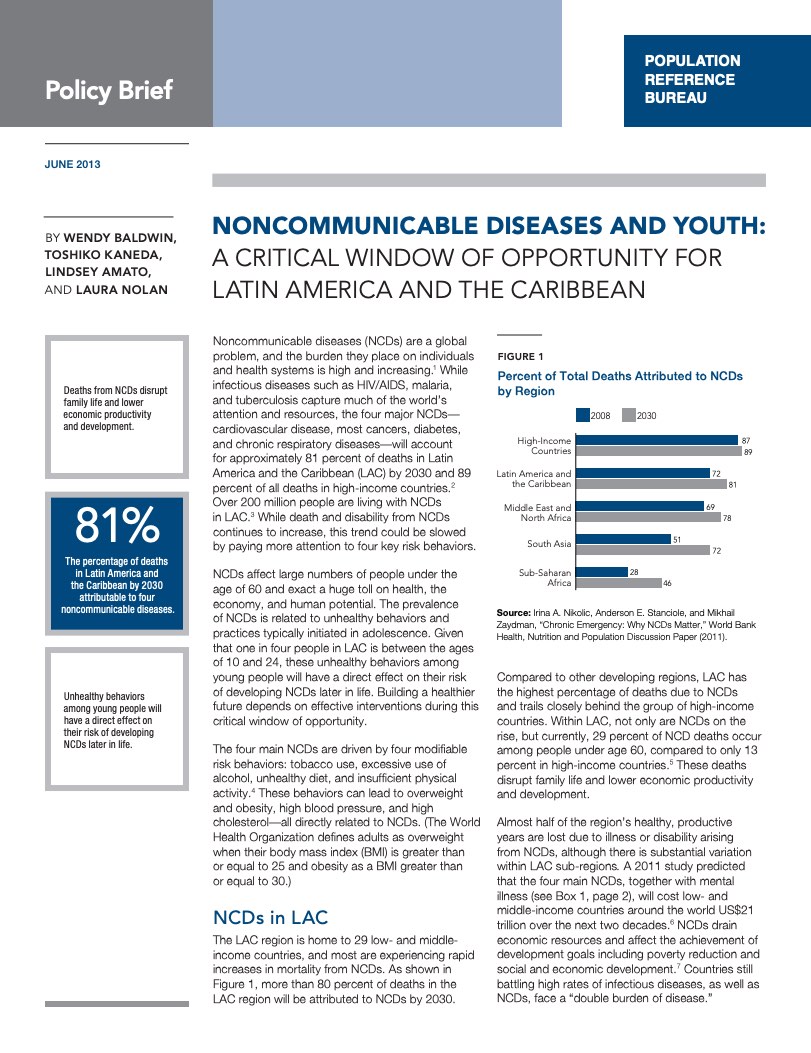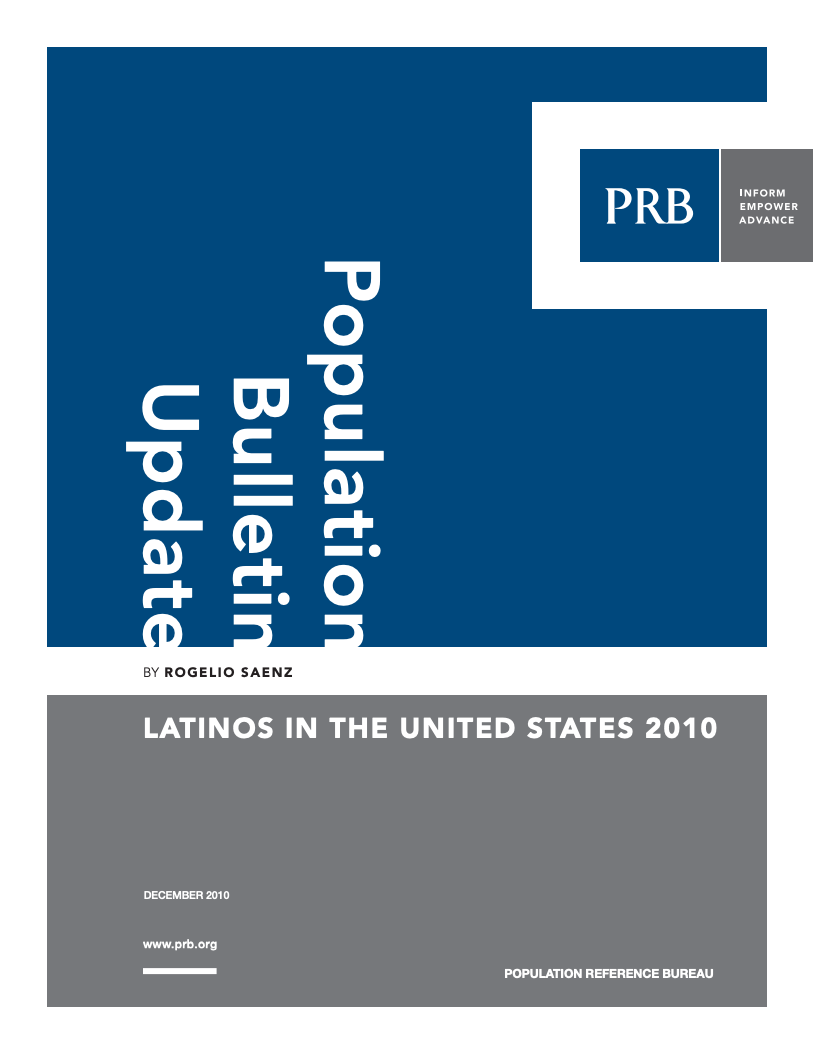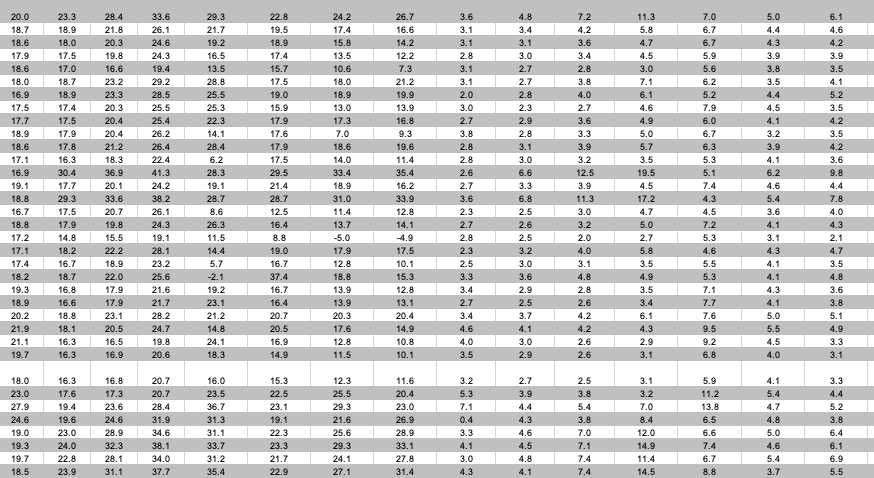Project: Combatting Noncommunicable Disease Risk Factors in Youth
Policy Brief. Noncommunicable Diseases and Youth: A Critical Window of Opportunity for Latin America/Caribbean
(2013) Noncommunicable diseases (NCDs) are a global problem, and the burden they place on individuals and health systems is high and increasing.




